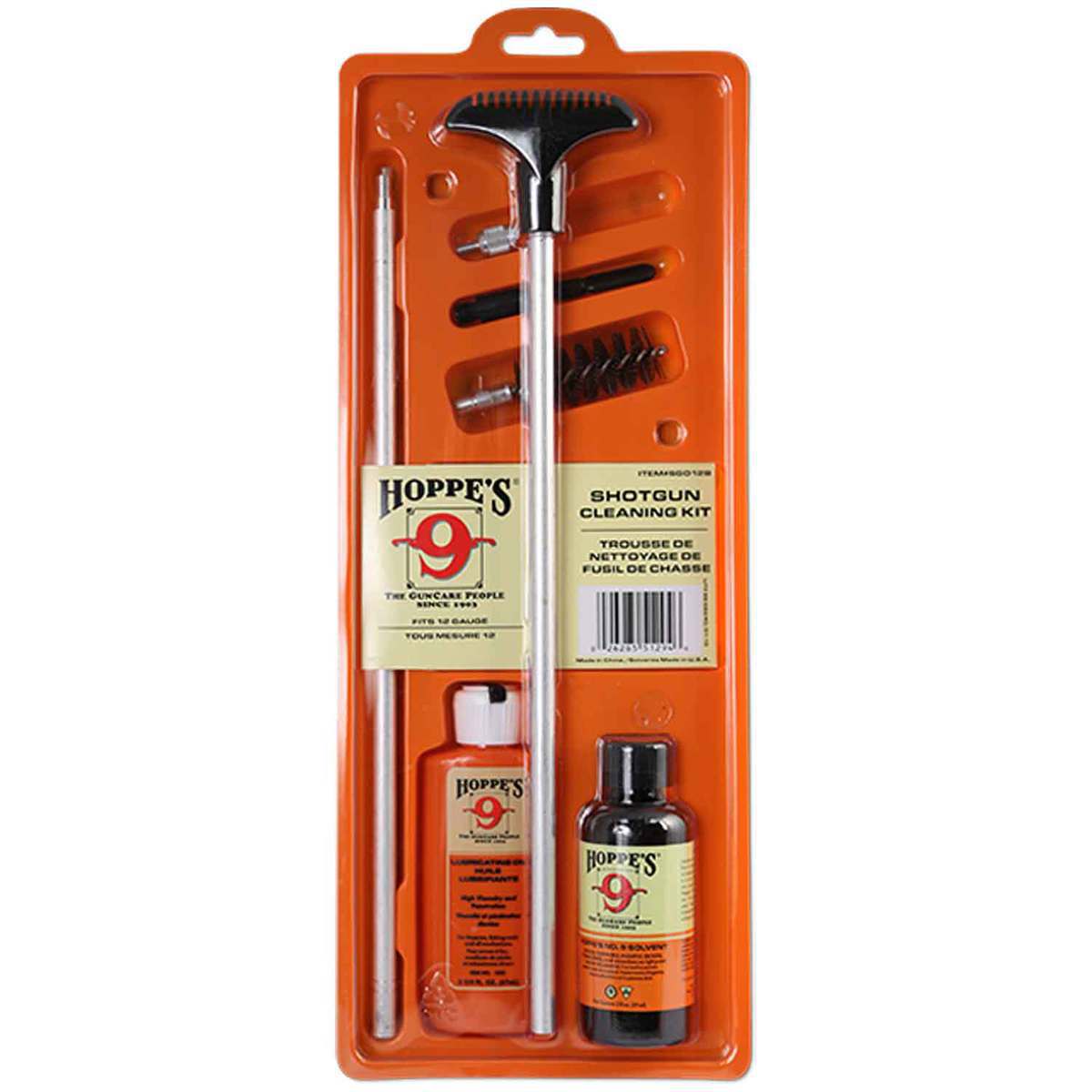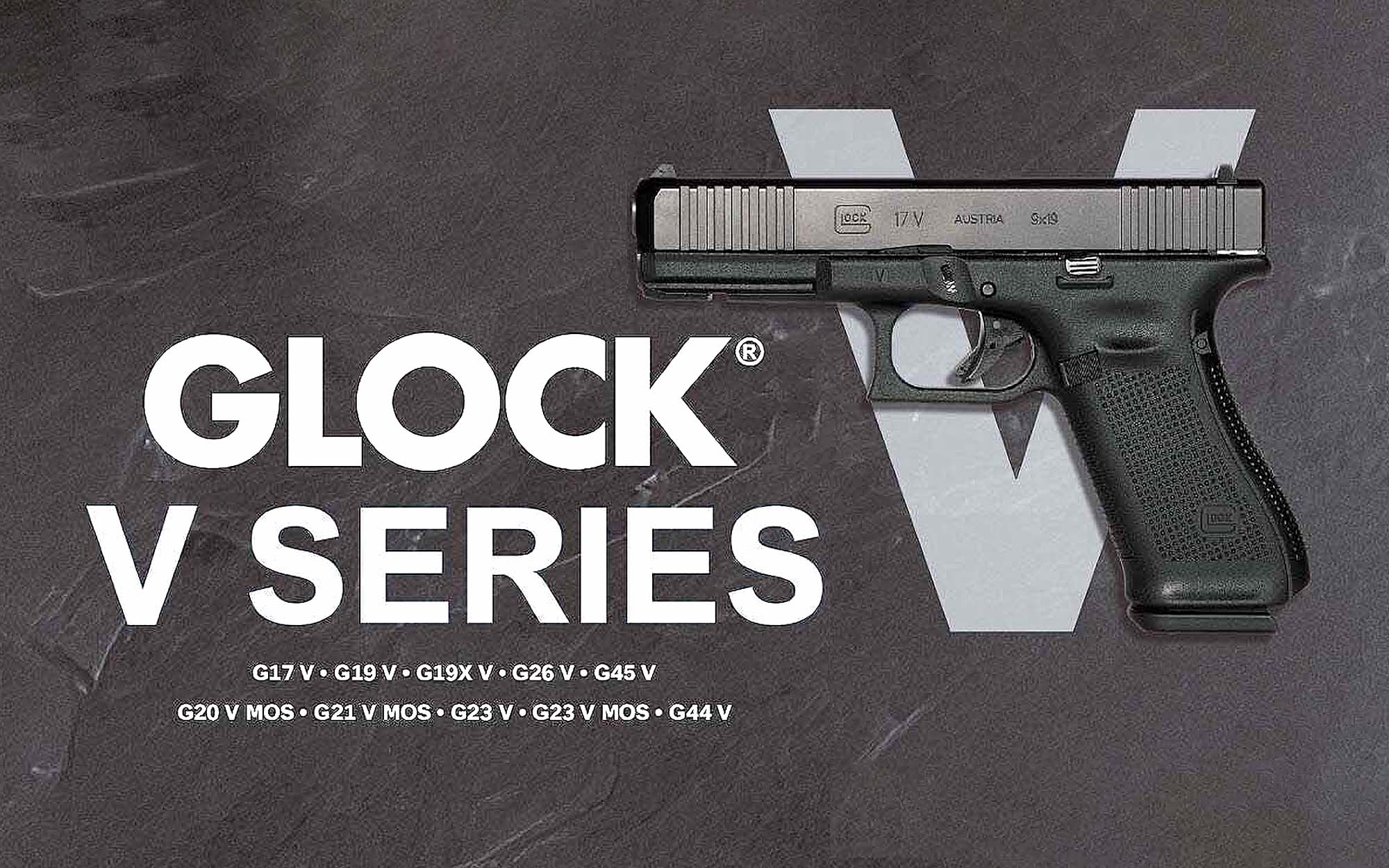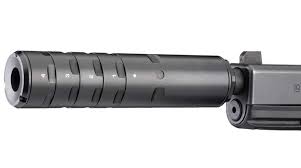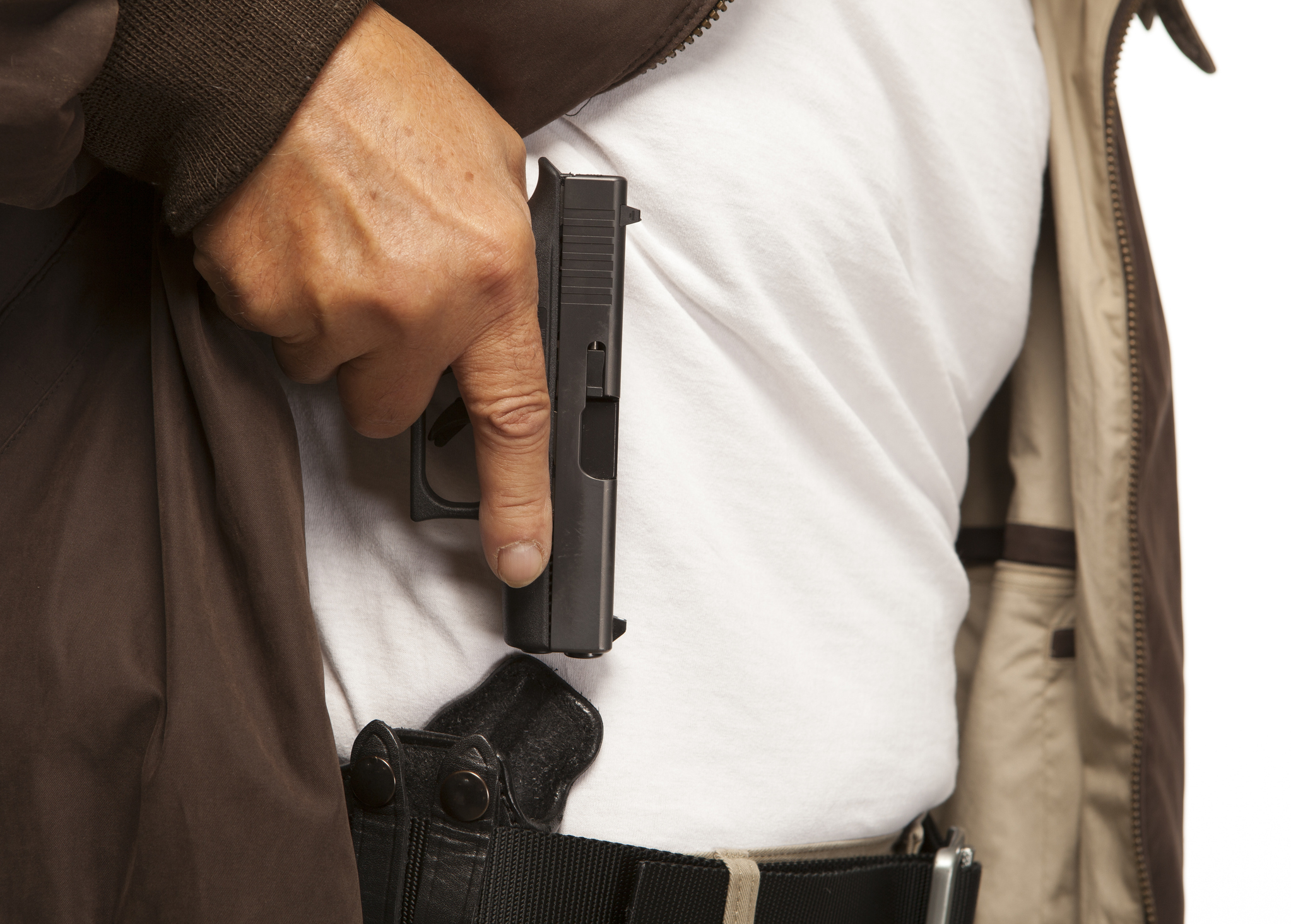An article by GunPrimeLLC
Bird Hunting Shotguns: Selection, Use, and Maintenance.
Bird hunting is a thrilling and popular outdoor activity, attracting enthusiasts from all walks of life. Whether you are a seasoned hunter or a beginner, having the right shotgun is essential for a successful and enjoyable bird hunting experience.
In this blog post, we will delve into the world of bird hunting shotguns, exploring the selection process, understanding how to properly use them, and learning how to maintain and care for these valuable firearms. By the end of this post, you will have a comprehensive understanding of everything you need to know about bird hunting shotguns.
The first section will focus on choosing the right shotgun for bird hunting. We will discuss the various factors to consider, such as gauge, action type, and barrel length, to help you make an informed decision. Additionally, we will explore the different types of shotguns available and recommend some top choices for bird hunting.
Next, we will dive into the proper use of a bird hunting shotgun. Safety is of utmost importance, so we will outline important precautions to take and discuss proper handling and shooting techniques. You will also find valuable tips to enhance your shooting accuracy and increase your chances of a successful hunt.
Maintaining and cleaning your bird hunting shotgun is crucial to ensure its longevity and optimal performance. We will explain why regular cleaning is necessary and provide a step-by-step guide on how to clean your shotgun. Additionally, we will discuss the materials needed for cleaning and offer tips on storing your shotgun properly to prevent damage.
In the final section, we will explore ideal conditions for shotgun storage and provide tips for long-term storage. We will also highlight common mistakes to avoid when storing your shotgun, helping you maintain its quality and functionality for years to come.
Whether you are a seasoned hunter or a novice, this blog post will serve as a comprehensive guide to bird hunting shotguns. By understanding the selection process, learning how to use them safely and effectively, and mastering the art of maintenance, you will be well-equipped for a successful bird hunting adventure. So, let's dive in and discover the world of bird hunting shotguns together!
Understanding Bird Hunting Shotguns: An Introduction
Bird hunting shotguns are specialized firearms designed specifically for hunting birds. These shotguns are distinct from other types of firearms due to their unique features and specifications that cater to the needs of bird hunters. In this section, we will provide a comprehensive introduction to bird hunting shotguns, helping you understand their purpose and importance in the world of bird hunting.
What is a Bird Hunting Shotgun?
A bird hunting shotgun is a long-barreled firearm that is specifically designed for shooting at flying birds. It is a versatile weapon that allows hunters to engage targets at various distances, making it suitable for different types of bird hunting, such as upland game hunting or waterfowl hunting. The design of a bird hunting shotgun ensures accuracy, control, and effectiveness in hitting fast-moving targets.
Key Components of a Bird Hunting Shotgun
To understand bird hunting shotguns better, it is essential to familiarize yourself with their key components:
- Barrel: The barrel is the long, cylindrical tube through which the projectile (shot) travels when the shotgun is fired. Bird hunting shotguns typically have longer barrels compared to other types of shotguns. The length of the barrel influences the shotgun's balance, swing, and overall handling.
- Action: The action of a shotgun refers to the mechanism responsible for loading, firing, and ejecting cartridges. There are various types of actions, including break action, pump action, semi-automatic, and bolt action. Each action type has its advantages and
considerations when it comes to bird hunting.
- Gauge: The gauge of a shotgun refers to the diameter of the shotgun's bore. Common gauges for bird hunting shotguns include 12-gauge, 20-gauge, and 28-gauge. The gauge determines the size of the shotgun shell and affects factors such as recoil, shot pattern, and ammunition availability.
- Choke: The choke is a constriction at the end of the shotgun barrel that controls the spread of shot pellets. Different choke options, such as full, modified, or improved cylinder, allow hunters to adjust the shot pattern according to their hunting preferences and target distance.
Importance of a Dedicated Bird Hunting Shotgun
While it is possible to use other types of shotguns for bird hunting, having a dedicated bird hunting shotgun offers several advantages:
- Accuracy and Precision: Bird hunting shotguns are designed with features that enhance accuracy and precision when shooting at fast-moving targets. The longer barrels and specialized chokes help in achieving better shot patterns and increased hit rates.
- Ease of Handling: Bird hunting shotguns are specifically designed for the unique demands of bird hunting. They are lightweight, well-balanced, and easy to maneuver, allowing hunters to swing and track flying birds with ease.
- Safety: Safety is of utmost importance in any hunting activity. Bird hunting shotguns are equipped with safety features such as a safety switch or button that prevents accidental discharge. Additionally, they have ergonomic designs that promote safe handling and minimize the risk of injuries.
- Versatility: Bird hunting shotguns are versatile firearms that can be used for various types of bird hunting, including upland game hunting, waterfowl hunting, and turkey hunting. Their adaptability makes them suitable for different hunting scenarios and environments.
Understanding the purpose and features of bird hunting shotguns is essential for any aspiring bird hunter. By choosing the right shotgun and understanding its components, you can ensure a more successful and enjoyable bird hunting experience. In the next section, we will delve into the process of selecting the right bird hunting shotgun that suits your needs and preferences.
How to Choose the Right Bird Hunting Shotgun
Choosing the right bird hunting shotgun is a crucial step in ensuring a successful and enjoyable hunting experience. With a wide range of options available, it's essential to consider various factors that will help you make an informed decision. In this section, we will explore the key considerations and steps involved in selecting the perfect bird hunting shotgun for your needs.
Escort Turkey Hunting Shotgun Camo Bottomland 20
Factors to Consider When Choosing a Shotgun
- Gauge: The gauge of a shotgun determines the size of the shotgun shell it can accommodate. Common gauges for bird hunting shotguns include 12-gauge, 20-gauge, and 28-gauge. Consider factors such as recoil, shot pattern, and ammunition availability when selecting the gauge that suits your preferences and hunting requirements.
- Action Type: Shotguns come in different action types, each offering distinct advantages and considerations. The common action types for bird hunting shotguns include break action, pump action, semi-automatic, and bolt action. Consider factors such as reliability, ease of use, and maintenance requirements when choosing the action type that suits your hunting style.
- Barrel Length: The length of the shotgun barrel affects the overall balance, swing, and handling of the firearm. Longer barrels generally offer better accuracy and tighter shot patterns, making them suitable for longer range shooting. However, shorter barrels provide better maneuverability in dense cover. Consider the type of bird hunting you will be engaged in and your personal preferences when choosing the barrel length.
- Choke Options: The choke of a shotgun determines the spread of the shot pattern. Different choke options, such as full, modified, improved cylinder, or skeet, allow you to adjust the shot pattern according to your hunting preferences and target distance. Consider the type of birds you will be hunting and the typical shooting distances to determine the optimal choke options.
- Weight and Balance: The weight and balance of a shotgun play a crucial role in its handling and maneuverability. Consider the physical abilities and endurance of the shooter when choosing a shotgun. Additionally, ensure that the shotgun feels comfortable and well-balanced in your hands for better control and accuracy.
- Fit and Feel: The fit and feel of a shotgun are subjective but important factors to consider. A shotgun that fits you well and feels comfortable will enhance your shooting experience. Factors such as stock length, drop at comb, and drop at heel should be considered, as they affect the alignment of your eye with the shotgun's sights.
Different Types of Bird Hunting Shotguns
- Upland Game Shotguns: Upland game shotguns are typically lightweight and maneuverable. They are well-suited for hunting birds in upland environments, such as pheasants, grouse, and quail. These shotguns often have shorter barrels and may feature tighter chokes for longer shots.
Beretta A400 Field Upland 20 Ga
- Waterfowl Shotguns: Waterfowl shotguns are designed to withstand harsh weather conditions and are often chambered for larger gauges, such as 12-gauge or 10-gauge. They may feature longer barrels, specialized finishes to resist corrosion, and extended choke options for shooting waterfowl at longer distances.
6"Winchester SX4 12 Ga 3.5" Semi Auto 2
- Turkey Shotguns: Turkey shotguns are specifically designed for hunting wild turkeys. They often have shorter barrels, specialized chokes for tight patterns, and may feature camouflage finishes to blend into the hunting environment.
Stevens 320 Turkey 20 Ga Thumbhole Stock 22
- All-Purpose Shotguns: All-purpose shotguns are versatile options that can be used for various types of bird hunting. They offer a balance between maneuverability and range, making them suitable for a wide range of hunting scenarios.
Maverick Arms 88 All Purpose 20
Recommended Shotguns for Bird Hunting
- Beretta A400 Xplor 20 Ga: This semi-automatic shotgun offers excellent reliability, reduced recoil, and easy maintenance. It is well-suited for both upland game and waterfowl hunting.
- Browning Citori CXS 12 Gauge: The Browning Citori is a popular choice for bird hunters, offering a range of models to suit different preferences and budgets. It is known for its durability, smooth action, and excellent craftsmanship.
- Remington 870 Express 12 Ga : The Remington 870 is a legendary pump-action shotgun that is reliable, affordable, and widely available. It is a versatile shotgun suitable for various bird hunting applications.
- Benelli Super Black Eagle III: The Benelli Super Black Eagle III is a top-tier semi-automatic shotgun known for its reliability, low recoil, and excellent performance in waterfowl hunting. It is a favorite among serious waterfowl hunters.
Remember, the best shotgun for bird hunting is the one that feels comfortable, suits your shooting style, and meets your specific hunting needs. Take the time to research, handle different shotguns, and consider expert recommendations before making your final decision. In the next section, we will explore the proper use of a bird hunting shotgun, including safety precautions and shooting techniques.
How to Use a Bird Hunting Shotgun
Using a bird hunting shotgun requires not only skill but also a thorough understanding of safety protocols, proper handling techniques, and effective shooting methods. In this section, we will guide you through the essential aspects of using a bird hunting shotgun to ensure a safe and successful hunting experience.
Safety Precautions When Using a Shotgun
- Always Treat the Shotgun as if it is Loaded: Regardless of whether the shotgun is loaded or not, always handle it with the utmost care and treat it as if it is loaded. This mindset promotes safe handling practices and prevents accidental discharges.
- Keep the Muzzle Pointed in a Safe Direction: Ensure that the muzzle of the shotgun is always pointed in a safe direction away from yourself and others. Be mindful of the muzzle's direction, especially when moving or transitioning between hunting locations.
- Finger Off the Trigger Until Ready to Shoot: Keep your finger off the trigger and outside the trigger guard until you are ready to shoot. This prevents any unintentional firing and ensures that the shotgun is only discharged when you have a clear target.
- Know Your Target and What Lies Beyond: Before taking a shot, always identify your target and be aware of what is beyond it. Ensure there is a safe and clear backdrop to prevent unintentional harm to others or property.
- Wear Appropriate Safety Gear: Always wear appropriate safety gear, including ear protection, eye protection, and blaze orange clothing, as required by hunting regulations. These items provide essential protection and increase visibility in the field.
Proper Shotgun Handling and Shooting Techniques
- Proper Shotgun Mounting: Proper shotgun mounting is crucial for accuracy and consistency. Start by positioning the shotgun stock in the pocket of your shoulder, ensuring a firm and stable hold. Bring the shotgun up to your cheek, aligning your dominant eye with the sights or rib of the shotgun.
- Follow-Through: Follow-through is an important element of shotgun shooting. After pulling the trigger, maintain focus on the target and continue the swing of the shotgun. This ensures that the shot pattern remains on target even after the shot is fired.
- Leading the Target: When shooting at flying birds, it's essential to lead the target by aiming slightly ahead of it. The amount of lead required will vary depending on the speed and distance of the bird. Practice estimating lead and adjusting your aim accordingly.
- Proper Stance and Balance: Maintain a balanced stance with your feet shoulder-width apart. Distribute your weight evenly and slightly forward to maintain stability and absorb recoil. This allows for better control and follow-through when shooting.
- Practice Shooting from Different Positions: Bird hunting often requires shooting from various positions, such as standing, kneeling, or shooting from a blind. Practice shooting from different positions to become comfortable and proficient in adapting to different scenarios.
Tips for Successful Bird Hunting
- Scouting: Before heading out for a hunt, spend time scouting the hunting area to identify bird activity, feeding grounds, and flight patterns. This will increase your chances of encountering birds and positioning yourself for successful shots.
- Concealment: Proper concealment is crucial to avoid detection by birds. Use natural cover or hunting blinds to camouflage yourself and minimize movement that may alert birds.
- Decoy Placement: Utilize decoys strategically to attract birds within shooting range. Place them in a realistic pattern and consider wind direction for optimal effectiveness.
- Shot Selection: Selecting the right shot size and load is essential for effective bird hunting. Consider the size and species of the birds you are targeting, as well as the typical shooting distances, to choose the appropriate shot size and load.
- Practice, Practice, Practice: Regular practice is key to improving your shooting skills. Visit a shooting range or set up clay targets to simulate hunting scenarios and enhance your aim, accuracy, and overall shotgun proficiency.
By following these safety precautions, mastering proper shotgun handling techniques, and implementing effective shooting methods, you will increase your chances of a successful bird hunting experience. In the next section, we will discuss the importance of maintaining and cleaning your bird hunting shotgun to ensure its optimal performance and longevity.
How to Maintain and Clean Your Bird Hunting Shotgun
Maintaining and cleaning your bird hunting shotgun is essential for its proper functioning, longevity, and overall performance. Regular cleaning removes dirt, debris, and residue that can affect the shotgun's reliability and accuracy. In this section, we will guide you through the importance of regular maintenance, the materials needed for cleaning, and the step-by-step process of cleaning your bird hunting shotgun.
Why Regular Cleaning and Maintenance is Necessary
- Preserve Performance: Regular cleaning and maintenance help preserve the performance of your shotgun. Removing dirt, powder residue, and fouling ensures proper functioning of the action, smooth cycling, and consistent shot patterns.
- Prevent Corrosion: Exposure to moisture, rain, and other environmental factors can lead to corrosion on the shotgun's metal parts. Regular cleaning and proper lubrication create a protective barrier, preventing rust and corrosion from damaging your firearm.
- Extend Longevity: By taking care of your shotgun and keeping it clean, you can extend its lifespan. Regular maintenance prevents the build-up of dirt, grime, and rust that can cause mechanical issues and decrease the overall durability of the firearm.
- Safety: A clean and well-maintained shotgun is safer to use. Regular inspection and maintenance allow you to identify any potential issues or wear in critical components that may affect the shotgun's safety and reliability.
- Buy Hunting Shotguns Here!
Materials Needed for Shotgun Cleaning
Before you begin cleaning your bird hunting shotgun, gather the following materials:
- Cleaning Rod: A cleaning rod is used to push cleaning patches and brushes through the shotgun's barrel. Choose a cleaning rod that is appropriate for the gauge of your shotgun.
- Bore Brush: Bore brushes are used to scrub the inside of the shotgun barrel. Ensure you have a bore brush that matches the gauge of your shotgun.
- Cleaning Patches: Cleaning patches are absorbent fabric or cotton patches that are used to apply cleaning solvents and remove fouling from the barrel.
- Solvent: Use a solvent specifically designed for shotgun cleaning. It helps in breaking down powder residue and removing fouling.
- Lubricant: Apply a quality gun lubricant or oil to lubricate moving parts and protect against corrosion.
- Cleaning Jags and Slotted Tips: Cleaning jags or slotted tips are used to hold the cleaning patches and guide them through the barrel.
- Toothbrush or Small Brush: A toothbrush or small brush is handy for cleaning hard-to-reach areas, such as the action, trigger assembly, and other small parts.
- Microfiber Cloth: Use a microfiber cloth to wipe down the exterior of the shotgun and remove any excess solvent or oil.
The Cleaning and Maintenance Process
- Safety First: Ensure your shotgun is unloaded and the action is open before beginning the cleaning process. Double-check to confirm that no live ammunition is present in the area.
- Barrel Cleaning: Attach the appropriate bore brush to the cleaning rod, dip it in solvent, and run it through the barrel several times. Follow up by running cleaning patches through the barrel until they come out clean.
- Action and Trigger Cleaning: Use a toothbrush or small brush to remove dirt, debris, and fouling from the action, trigger assembly, and other small parts. Apply a small amount of solvent to help dissolve stubborn fouling.
- Wipe Down and Lubricate: Use a microfiber cloth to wipe down the exterior of the shotgun, removing any excess solvent or debris. Apply a small amount of lubricant to moving parts, such as the action, slide, and hinge points.
- Final Inspection: Conduct a visual inspection of the shotgun to ensure all components are clean and in good condition. Check for any signs of wear, damage, or loose screws that may require further attention.
Remember to consult your shotgun's owner's manual for any specific instructions or recommendations from the manufacturer regarding cleaning and maintenance. Regularly inspect your shotgun and clean it after each use to ensure optimal performance and longevity.
In the next section, we will discuss the proper storage of your bird hunting shotgun to protect it from damage and maintain its quality.
Storing Your Bird Hunting Shotgun
Proper storage of your bird hunting shotgun is crucial to protect it from damage, maintain its quality, and ensure its longevity. Whether you are storing your shotgun during the off-season or between hunting trips, following the recommended storage practices will help preserve its condition. In this section, we will explore the ideal conditions for shotgun storage, provide tips for long-term storage, and highlight common mistakes to avoid.
Ideal Conditions for Shotgun Storage
- Dry Environment: Store your shotgun in a dry environment to prevent moisture and humidity from causing rust or corrosion. Avoid storing it in basements, attics, or areas prone to dampness.
- Stable Temperature: Fluctuating temperatures can have a negative impact on the firearm's components. Choose a storage area with a stable temperature to minimize the risk of damage. Extreme heat or cold can affect the performance and longevity of your shotgun.
- Secure and Locked Storage: Ensure that your shotgun is securely stored in a locked cabinet, gun safe, or dedicated shotgun case. This helps prevent unauthorized access and protects the firearm from theft or mishandling.
- Vertical Storage: Store your shotgun in a vertical position whenever possible. This helps maintain the proper alignment of the barrel and prevents any potential damage that may occur from resting the shotgun on its side.
Tips for Long-Term Storage
- Thoroughly Clean the Shotgun: Before storing your shotgun for an extended period, clean it thoroughly following the cleaning process outlined earlier in this post. Ensure all dirt, debris, and solvents are removed to prevent any potential damage during storage.
- Apply a Protective Lubricant: Apply a thin layer of gun oil or a rust-preventive lubricant to all metal surfaces of the shotgun. This helps create a protective barrier against moisture and prevents rust or corrosion.
- Use Desiccant Packs or Silica Gel: Place desiccant packs or silica gel packets in the storage area to absorb any excess moisture and maintain a dry environment. This further helps prevent rust or corrosion.
- Inspect Regularly: Even during storage, it's essential to periodically inspect your shotgun for any signs of damage, rust, or moisture buildup. This allows you to address any issues promptly and prevent further damage.
Common Mistakes to Avoid When Storing Your Shotgun
- Leaving it Unprotected: Never leave your shotgun exposed to the elements or in an insecure location. Always store it in a secure and locked storage area to prevent damage or theft.
- Storing Loaded or Unsecured: Always store your shotgun unloaded and with the action open or in a safe position. This ensures that it cannot be accidentally discharged and enhances safety during storage.
- Neglecting Regular Maintenance: Even during storage, it's important to perform regular maintenance on your shotgun. This includes inspecting, cleaning, and lubricating the firearm to prevent any potential issues.
- Improper Handling During Storage: Avoid mishandling or dropping your shotgun during storage. Improper handling can cause damage to the firearm's components, affecting its performance and longevity.
By following these storage tips and avoiding common mistakes, you can ensure that your bird hunting shotgun remains in optimal condition during periods of non-use. Remember to always consult the manufacturer's recommendations for specific storage instructions and recommendations for your particular shotgun model.
Enjoy this article? Leave a review below
Here are some Recommendations you may be interested in!
6"Winchester SX4 12 Ga 3.5" Semi Auto 2
Mossberg Maverick 88 12 Ga Pump Action
Mossberg Firearms 835 Ulti-Mag Tactical Turkey 12
Related articles
An Ultimate Guide to Hunting Rifles
Top Selling Rifle Optics For 2023
The Ultimate Buyer's Guide to Bullpup Rifles & Shotguns for [2023]










